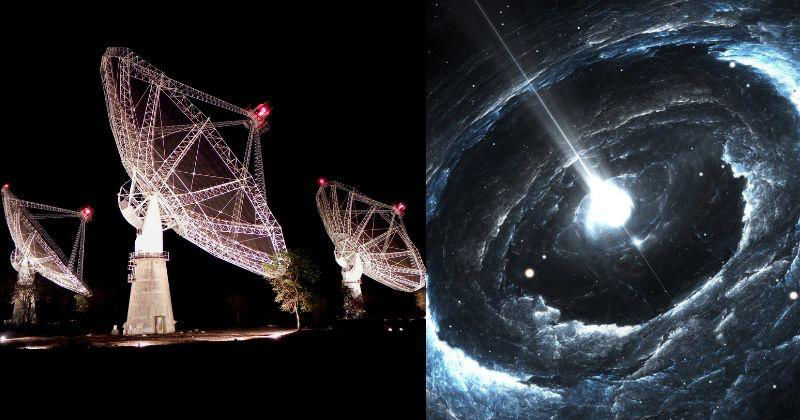
Indian Researchers Using Pune-Based Radio Telescope Find Two Hidden Pulsars
Researchers from the National Centre for Radio Astrophysics, Pune have made a discovery of new gradual pulsars owning slender widths which they ignored in in advance discoveries made through the upgraded Giant Metrewave Radio Telescope, famous a file through Indian Express. This became part of 31 neutron stars — the best to be observed whilst searching at according to sky location withinside the southern sky.
This became part of 31 neutron stars the best to be observed whilst searching at according to sky location withinside the southern sky. It rotates constantly even as radiating beams at ordinary durations. Over time, the rotation and emission fee decreases, ensuing in a segment whilst a pulsar can not radiate at all, dubbed pulsar graveyard.
NCRA researchers, at the side of researchers from the University of Manchester, the National Naval Laboratory and US’s West Virginia University, these days challenged the performance of currently-used sky scanning and algorithms which might be at play these days for sky surveys. According to researchers, the present pulsar populace from GHRSS and different ongoing surveys lacked long-duration pulsar data, which best allowed the algorithms to search for indicators from the spinning frequency area of the pulsar.
With an purpose to higher this set of rules, researchers implemented a pulsar sign seek mechanism withinside the time area at periodic durations instead. This new set of rules which became deployed at some stage in the sky survey for monitoring pulsar indicators became manner extra green than the traditional methodologies — specially with recognize to long-duration pulsars.
According to the researchers, the brand new set of rules will assist more moderen discoveries of long-duration pulsars, specially the ones withinside the stellar graveyard withinside the future.

